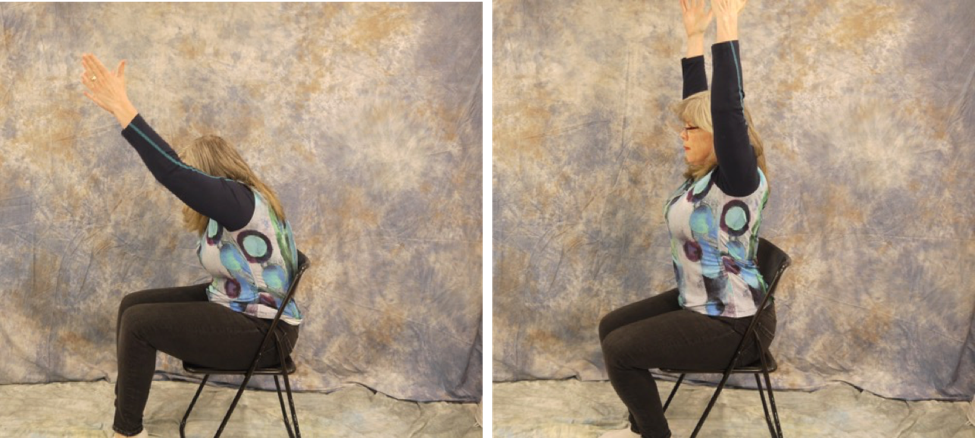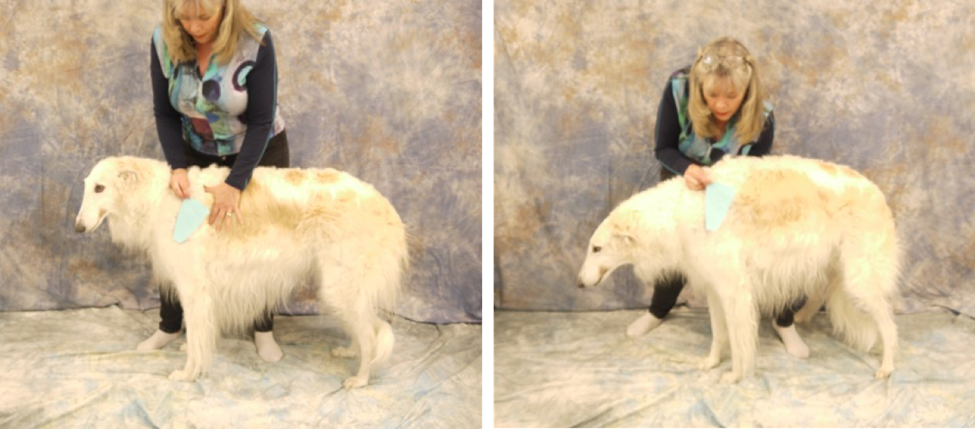Laurie's Blogs.
May 2019
Shoulder injury? Check the thoracic spine too!
Sit up tall. Raise one arm up and above your head. Bring it down. Then test your other arm. Bring it down. Then try to raise both arms simultaneously. Did you notice that at the end of the movement, you felt it in your thoracic spine? Now try to do the same exercises with your back rounded. It should feel different. That’s because your thoracic spine and ribcage need to have proper mobility in order for the glenohumeral joint to be optimally positioned an allow for full shoulder ROM.

I was reminded of this simple principle while watching a human physical therapy VLOG. https://mikereinold.com/when-to-perform-arm-care-thoracic-spine-and-shoulder-mobility-muscle-energy-techniques/ Sometimes I take for granted what I know as a human physical therapist!
Now, the question that begs to be answered is, “Is this the same in dogs?” Well, maybe not exactly… but it’s likely still quite important. So, the shape of the dog’s thorax and the orientation and shape of the glenohumeral joint are not exactly the same as in people. However, full shoulder extension in a dog does require the addition of scapula-thoracic rhythm in conjunction with pure glenohumeral extension in order to have full reach of the front limb.
So, if your dog has a pathologic thoracic kyphosis (i.e. more than what is structurally the norm), it will also tip the scapula into a more vertical position. And as we know from conformation, a straighter shoulder has less forward reach.
Full scapulo-thoracic requires muscular flexibility. So, in the event of a thoracic spine or rib dysfunction, the adjacent muscles can become facilitated, tight, and less flexible. All of which can lead to poorer shoulder mobility.
As well, if the dog is weight bearing more than typical on the front legs than the rear legs (i.e. more than the textbook 60:40 ratio), then the scapular muscles might also be tight, overused and less flexible. Thus, leading to reduced scapulo-thoracic rhythm and front limb reach.

So, in evaluating and treating a dog’s shoulder injury, don’t forget to take into consideration the impact of the thorax on proper shoulder function! Assess it! Treat it! Don’t forget it!


